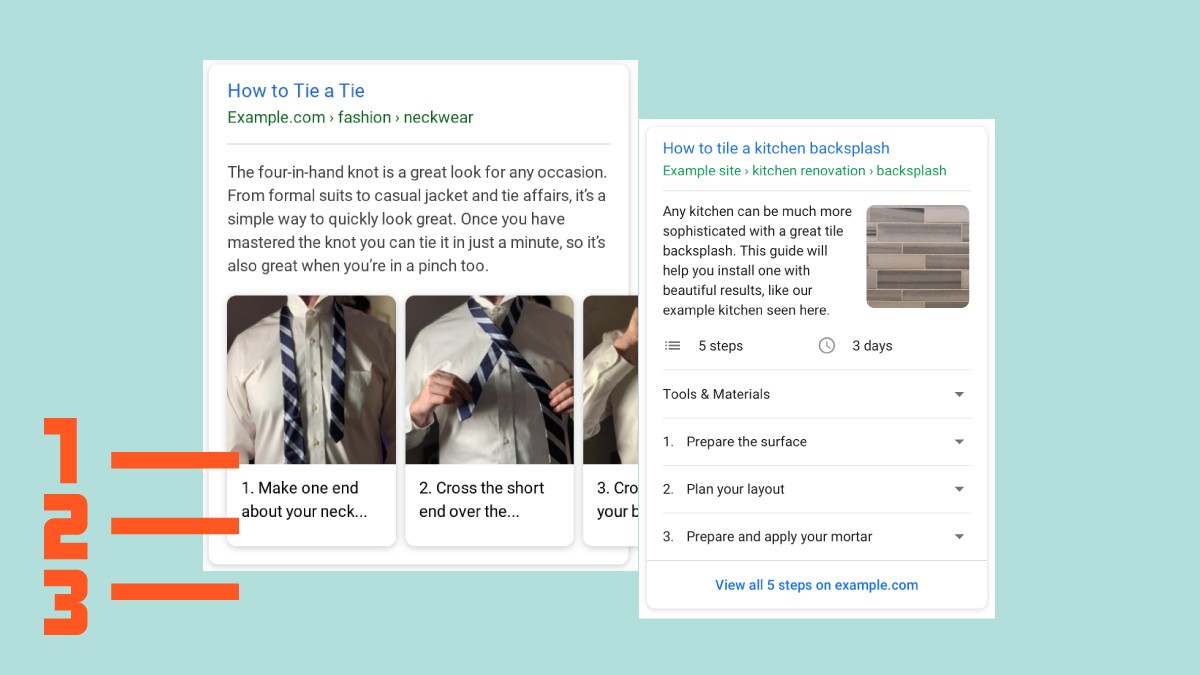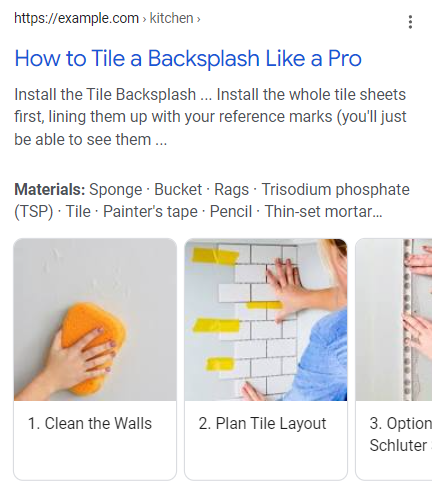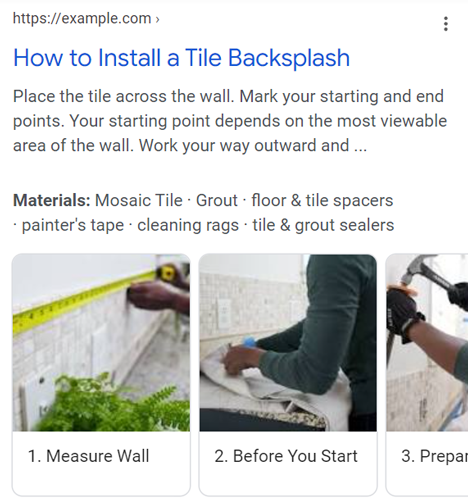Improving search visibility and user engagement with how-to content

There are always topics that we need to read the right instructions in order to do them in a correct way. They are not necessarily complicated topics, but need the right step by step instruction to be done successfully, so it is highly recommended to consider helpful step-by-step content to become a powerful resource for users where they can find their answers. In this article, we will get into the how-to content narrower and see its importance on a website search visibility and user engagement.
In this article, you will read about:
An overview on how-to content
A how-to content as it is clear from its name, is a content that contains step-by-step instruction for an especial action, “how to tie a tie”, as an example. There are different sections in a how-to article that are listed below:
- Tools: List of necessary tools for completing the steps. E.g., “A mirror” in How to tie a tie.
- Materials or Supplies: List of materials or supplies for a how-to instruction. Eg., “A tie”
- Total time: Total time it takes to be done completely.
- Step title: A clear title for each step.
- Step description: Complete and clear description for each step.
- Image: A suitable and related image for each step or a final image of the completed instruction.

What is how-to structured data?
How-to structured data like other structured data types, is used for categorizing a page’s content, then to help the page be shown in the best way in search results. Users can use how-to structured data in three different ways, so there will be three types of how-to rich results in SERP (Search Engine Result Page):
1. Standard how-to rich result: The standard how-to rich result is more focused on the steps and descriptions, and there is only one image with the final result.

2. How-to rich result with image for each step: In this type, there is at least one image for each step which is completely related to that specific step.

3. How-to rich result with video: In this type, there are steps, images and also videos of each step or all steps in one video which are included with “Clip” structured data.
You can visit Google developers how-to structured data page to read more about mentioned how-to rich result types and their examples.
How-to rich results impacts search visibility and user engagement
As it was mentioned earlier, how-to structured data helps the pages be classified as step-by-step guides, so the way they look in search results will be different from other pages. The first reason is that how-to rich results can attract the user’s attention by looking different and in an organized way. Another important reason that how-to rich results become more interesting to users is their clear and complete guide with necessary tools, materials and time required. Users can easily find what they look for and there is no need to search too much and read long articles in order to find out how to do something special. The last important reason that makes us sure about using how-to posts and structured data is that they can improve the website authority which make your website be known as a good how-to resource for specific topics.
How to implement how-to structured data on a website
To implement how-to structured data, there are some possible ways. If you are using a CMS such as WordPress or Drupal, it is much easier to use plugins and extensions which are designed for this aim. Otherwise, you need to insert how-to structured data to a page manually. Another way to have structured data is by generating structured data with JavaScript which has its implementation strategies.